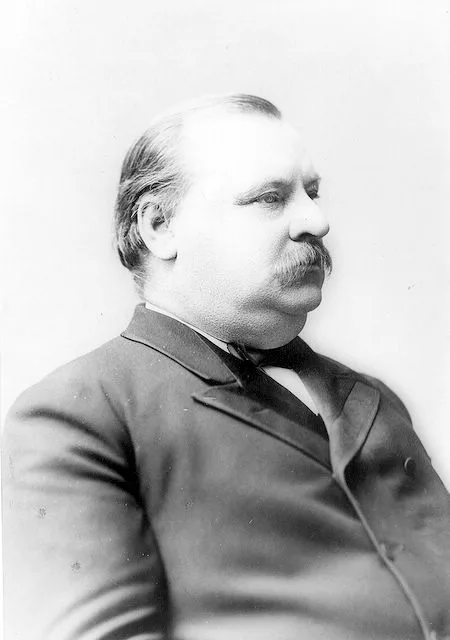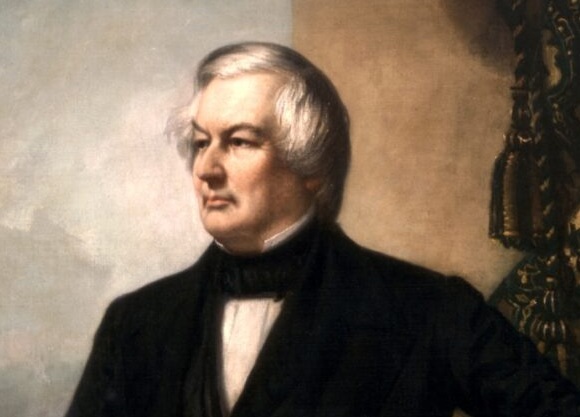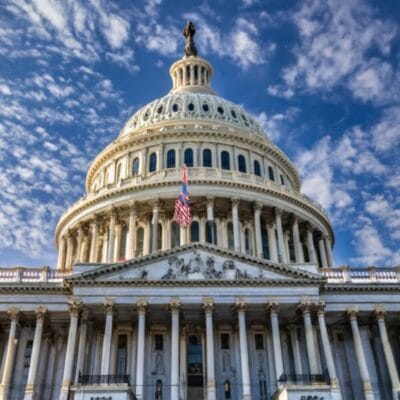The only president in the United States to serve two non-consecutive terms is Grover Cleveland.

He was first elected as the 22nd president in 1884 and served from 1885 to 1889. After losing the 1888 election to Benjamin Harrison, Cleveland ran again in 1892 and won, becoming the 24th president. Therefore, he served two non-consecutive terms from 1885 to 1889 and then from 1893 to 1897.
Grover Cleveland policies:
Grover Cleveland had a number of policies and actions during his terms in office. Some key aspects of his presidency include:
- Tariff Policy:
- Cleveland was a strong advocate of tariff reform. He believed in lowering protective tariffs and reducing the overall burden on consumers. His push for lower tariffs led to the passage of the Wilson-Gorman Tariff Act in 1894, which included some tariff reductions but also introduced an income tax.
- Economic Policies:
- Cleveland was committed to fiscal conservatism and reducing government intervention in the economy. He aimed to maintain a balanced budget and vetoed numerous bills that involved government spending, even those benefiting veterans.
- Civil Service Reform:
- Cleveland supported civil service reform to combat political patronage and corruption. The Pendleton Civil Service Reform Act of 1883 was passed during his first term, establishing a merit-based system for federal employment.
- Veto of Pension Bills:
- Cleveland was known for his principled stance against pension bills that granted pensions to Civil War veterans regardless of need. He believed that such bills were overly generous and would contribute to government waste.
- Currency and Gold Standard:
- Cleveland was a proponent of the gold standard and believed in maintaining the stability of the nation’s currency. His commitment to sound money was evident during the Panic of 1893, where he sought to uphold the gold standard despite economic challenges.
- Foreign Policy:
- Cleveland’s foreign policy was marked by an emphasis on non-intervention. He dealt with international issues such as the Venezuela Boundary Dispute, where he asserted American influence without resorting to military action.
- Repeal of the Sherman Silver Purchase Act:
- Cleveland supported the repeal of the Sherman Silver Purchase Act in 1893, which had mandated the federal government to buy silver, contributing to economic instability. The repeal aimed to stabilize the economy and restore confidence in the gold standard.
- Labor Strikes and the Pullman Strike:
- Cleveland’s handling of labor strikes, particularly the Pullman Strike of 1894, was controversial. He dispatched federal troops to break the strike, citing interference with mail delivery as justification. This action was criticized by some for its use of military force against workers.
It’s important to note that Cleveland’s policies were shaped by the economic and political context of his time, and opinions on the effectiveness of his presidency vary among historians.



